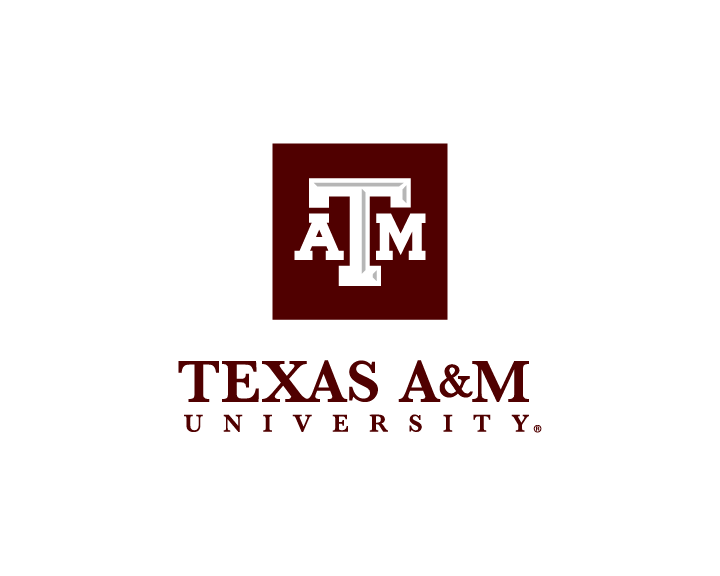Texas A&M: National Security Agency Sponsors 2021 Aggies Invent
For the first time in nearly two years, Texas A&M University engineering students gathered in person for Aggies Invent. Sponsored by the National Security Agency (NSA), this 48-hour design competition enabled students from all educational backgrounds to form teams and develop solutions for pressing societal issues.
With the common theme of using technology as a real-time assistant, each of the 11 teams developed a solution (some even invented prototypes), a business plan and a sales pitch that they would present to a panel of judges. Each project used enhanced artificial intelligence for tasks as simple as cycling to more complex ideas such as mass agriculture. With 11 presentations, the judges deliberated and narrowed down winners to the top three teams, which were awarded cash prizes.
“We met a lot of new people and gained a lot of knowledge over the last few days,” Coomes said. “We each have skills, like mechanical, programming and financial, a large variety really, that intellectually challenged each other, which all played together to add on to the experience.”
Coomes and his team took home the top prize of $1,000 for their idea of an agricultural environment monitoring system with live feedback through an app. It measures soil and water system quality, phosphorus, mineral content and temperature, and analyzes the data that is then compared to more ideal levels. This gives the user specific instructions for how to fix problems with their soil or water.
Even for returning winners like computer science graduate students Mohammad Sagor and Amran Haroon, there’s always something to look forward to, improve on and learn. Their teammates, Tori Chandler and Sarah Gauthier, two international studies graduate students, brought a different perspective in the globalization aspect of the challenge to the team.
“It’s not all about if your solution is solid, but also did you prepare your presentation from start to end? Did you have an implementation plan?” Sagor said, reflecting on his second place victory with his team Response Aid, which won $750.
Third place went to Sensory Overload, which took home $500. The team’s idea was to use sensors and vibrational speakers to enable peripheral vision and make it accessible to everyone, from law enforcement and the military to cyclists and the visually impaired.

